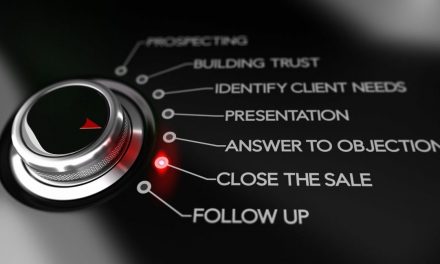Everybody keeps telling you to focus on customer service. All well and good but not many can give you practical advice. The few that try to will largely give you good advice for dealing with customer complaints. Good customer service starts long before the customer complains let alone makes a purchase. In fact, good customer service means not getting to the complaint stage. Here are 5 practical customer service tips you can employ in your business and start seeing results today.
Preparation
Good customer service starts long before the customer even makes contact with you. Preparing for your customer is the first key to excellent customer service. Ever been in a shop that doesn’t display prices of items and you have to ask for the price of each item? FAIL. Consider the journey your customer will go through as they decide on what to buy. This is not limited to brick and mortar stores. Even in the digital domain, you can anticipate the questions customers will have in making their decision. Make it easier for them. It could be the simple act of explaining all the steps in the process of doing business with you. Have all information that may be needed available at your fingertips instead of scrambling for answers when asked.
3-second rule
The 3-second rule is something I learned in fast food and so I will speak of it mostly in this context but know it doesn’t apply to only fast food. When a customer arrives at your place of business, greet them within 3 seconds. Seems simple enough but have you ever arrived at a place of work where people are busy with other tasks, phone calls, or personal conversations and do not greet you immediately? Your customers would feel the same way you did. Even if you are inundated it is important to let the customer know that you are aware of them, are busy but will be with them. People hate aimlessly waiting around. For those in retail spaces shop assistants tend to follow customers around after the initial greeting, this is actually counterproductive. Rather greet, let them know you are available to address their concerns and back off. The idea should also be applied to online communication, it’s better to have an autoresponder than silence.
Seek first to understand
When prospects or customers come to us with complaints or questions we must not be hasty to tell them how things work around here. Seek first to understand what the exact query is. It’s easy to let familiarity blind you as to the question being asked. Also, not everyone communicates directly or in the same way as you. I will never forget watching a salesperson in a computer store shout at a lady that the computer wasn’t capable of firewire, which she knew she just wanted to buy one that is capable. Sadly she did not buy it from that store.
And then be understood
When you understand the customer and the terms of reference then make sure they understand all that is involved. Let’s say they have a technical problem. The appropriate thing is to inform them of the nature of the problem, brief them on plans to address the problem and how long it will take. This prepares them for the possibly bumpy ride ahead. Bringing the customer in on the process to come goes a long way to creating a happy experience for them. This isn’t only for conflict resolution but must be used in all customer interactions. Explaining how delivery works, how electricity may affect your delivery time frame and any other factors that will be relevant creates a great customer experience. Finding out in the middle of the process that there will be a delay is poor practice
Setting callbacks
In each and every interaction you have with a prospect or customer always ask for a set a next action step. Say a customer inquires and you discuss the product and they express real interest, set a callback. When will they get back to you or when can you check on them? If a customer brings a query and you need time to investigate the problem, inform them that you will investigate and get back to them at a specific date and time. That’s only half the job, set a reminder on your phone or whatever you use regularly to make sure you follow up. Poor follow up has cost businesses a lot and I encourage you to use technology to your full advantage. Use your calendar app to set reminders of when you promised people feedback then set it to remind you 3 – 48 hours before depending on the size of the task. This will make sure you follow up and are always prepared to do so.
These 5 practical and specific techniques can transform you and your entire team. They are very easy to teach and with practice they become habits. The sooner you implement them the sooner the results will come to you.









Thank you. Your article is clearly written and helpful.
It’s a pleasure to write such well received work. Thank you.